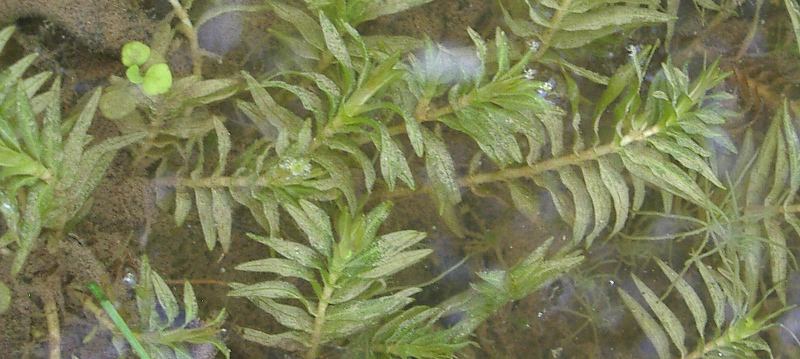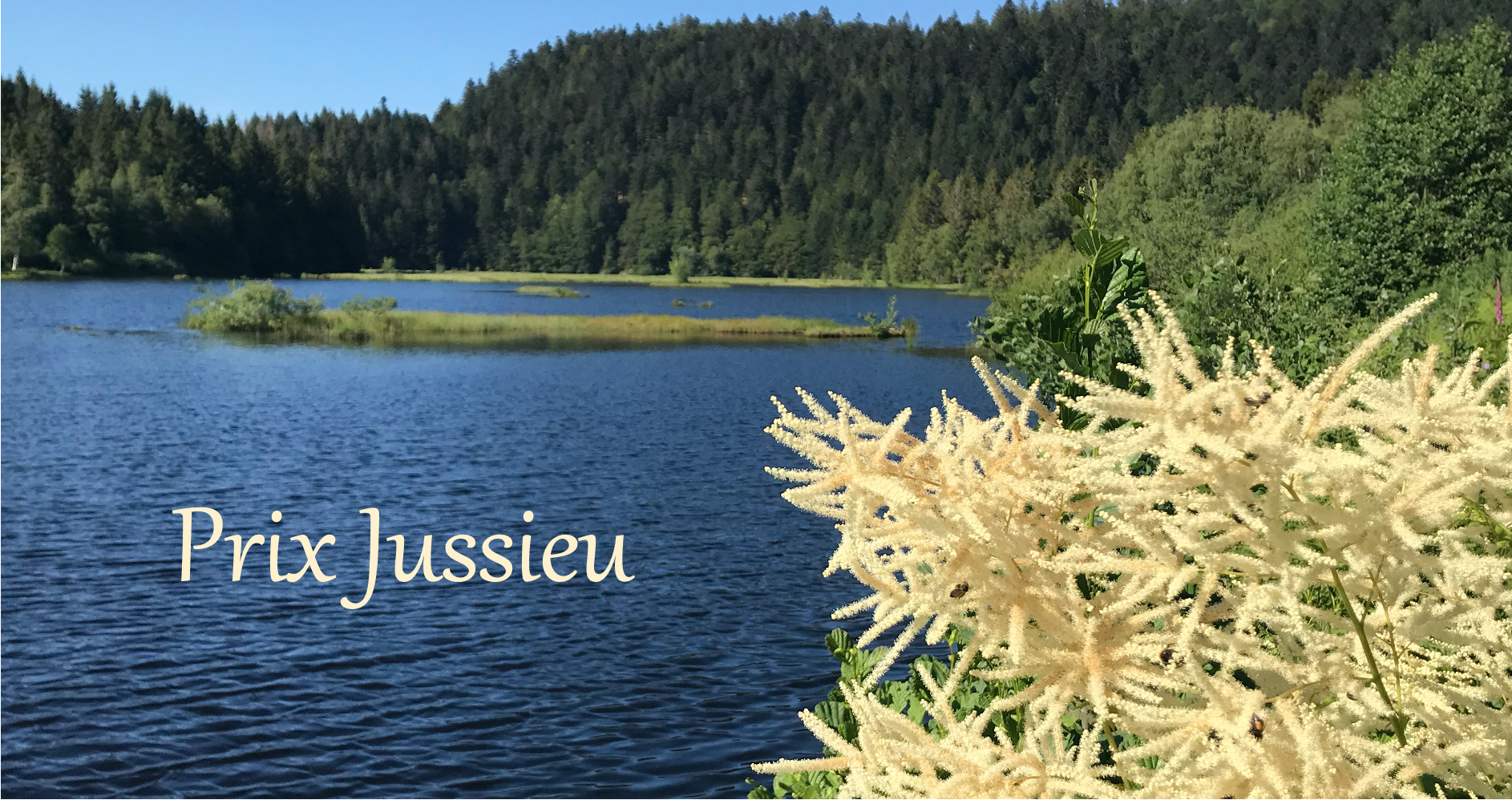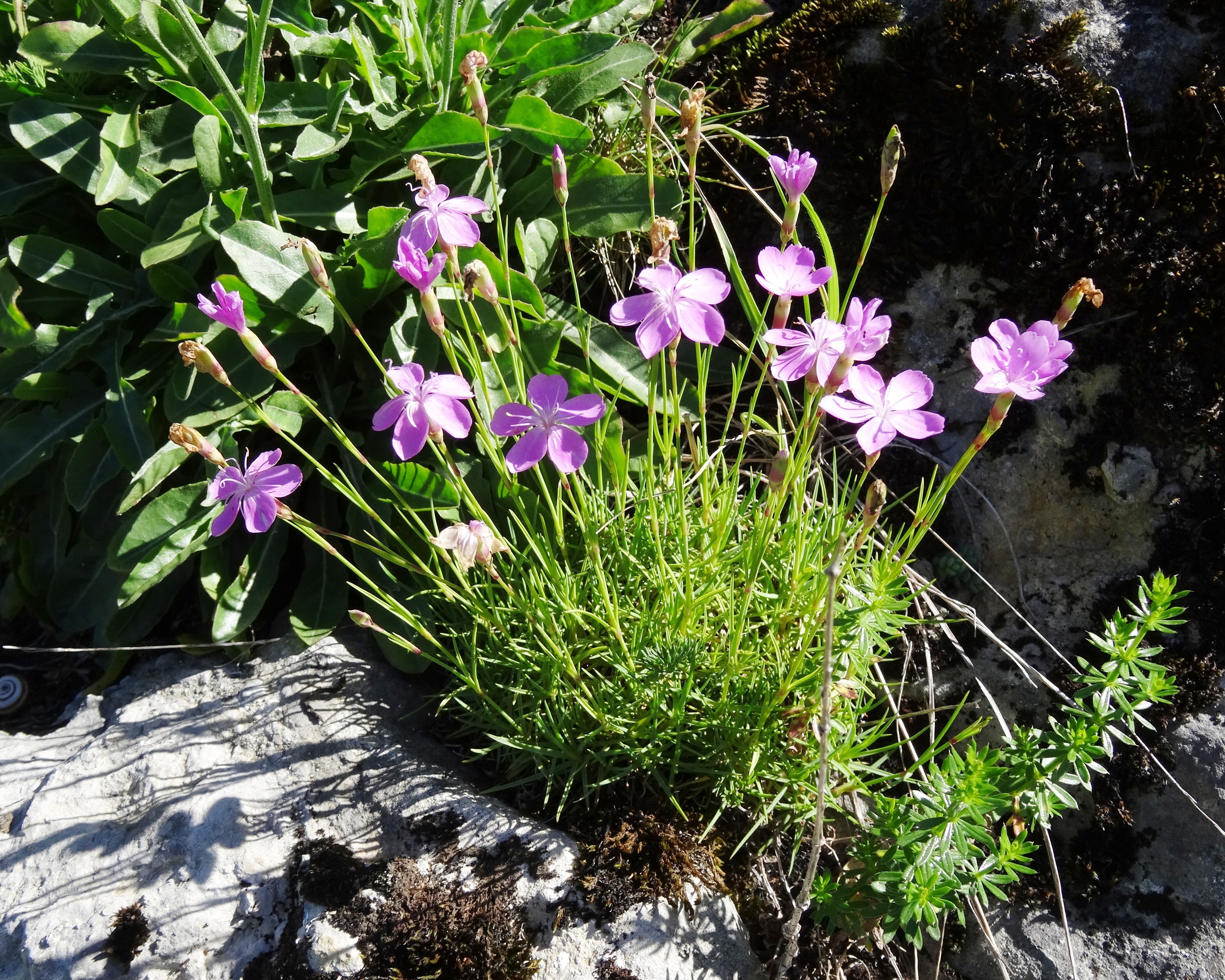Le 2e fascicule du tome 166 de Botany Letters est en ligne !
L’accès à tous les articles de Botany Letters est gratuit pour nos adhérents.
Au sommaire :
Editorial
| Focus editorial: new contributions in diatom research Benoît Schoefs, Christine Cocquyt, Luc Ector & Bart Van de Vijver Pages: 115-116 Published online: 19 Aug 2019 Citation | Full Text | References | PDF (313 KB) |
Biodiversity & Conservation biology
| Hybridization of Bornean Melastoma: implications for conservation of endemic plants in Southeast Asia Yacheng Cai, Fei Wang, Guangwen Tan, Zhenyang Hu, Yongqi Wang, Wei Lun Ng, Wei Wu, Ying Liu & Renchao Zhou Pages: 117-124 Published online: 24 May 2019 Abstract | Full Text | References | PDF (1155 KB) | Supplemental |
| Status assessment of the rare aquatic plant Groenlandia densa (L.) Fourr. (Potamogetonaceae) in the Western Balkans Vedran Šegota, Bojan Zlatković, Dragana Vukov, Antun Alegro, Nikola Koletić, Nina Vuković & Anja Rimac Pages: 125-133 Published online: 14 Mar 2019 Abstract | Full Text | References | PDF (1646 KB) | Supplemental |
| Genome size variation and polyploidy in the geographical range of Juniperus sabina L. (Cupressaceae) Perla Farhat, Sonja Siljak-Yakovlev, Robert P. Adams, Magda Bou Dagher Kharrat & Thierry Robert Pages: 134-143 Published online: 14 May 2019 Abstract | Full Text | References | PDF (1670 KB) |
Systematics Taxonomy
| A rearranged homoploid hybrid species of Origanum (Lamiaceae): O. ×munzurense Kit Tan & Sorger Tuncay Dirmenci, Taner Özcan, Mikail Açar, Turan Arabacı, Türker Yazıcı & Esra Martin Pages: 153-162 Published online: 01 Apr 2019 Abstract | Full Text | References | PDF (1517 KB) |
Paleobotany
| A new species of permineralized palm stem from the Maastrichtian–Danian sediments of Central India and its palaeoclimatic signalMahasin Ali Khan, Kakali Mandal & Subir Bera Pages: 189-206 Published online: 15 May 2019 Abstract | Full Text | References | PDF (4874 KB) |
SI Diatom
| Identification of an epiphytic diatom on Nitzschia sigmoidea (Bacillariophyceae) Vincent Roubeix & Françoise Chalié Pages: 207-211 Published online: 19 Mar 2019 Abstract | Full Text | References | PDF (971 KB) | Supplemental |
| Two sub-Antarctic and Northern Europe distributed diatom species found in a middle-mountain lake in France David Heudre, Carlos E. Wetzel, Bart Van de Vijver, Laura Moreau & Luc Ector Pages: 212-220 Published online: 21 Mar 2019 Abstract | Full Text | References | PDF (1513 KB) |
| Cocconeis rouxii Héribaud & Brun a forgotten, but common benthic diatom species from the Massif Central, France Carlos E. Wetzel, Aude Beauger & Luc Ector Pages: 221-233 Published online: 25 Mar 2019 Abstract | Full Text | References | PDF (4069 KB) |
| Two new aerophilic species of Stauroneis Ehrenberg (Bacillariophyta) from the Eastern Himalayas Neha Wadmare, Surajit Roy, John Patrick Kociolek & Balasubramanian Karthick Pages: 234-245 Published online: 06 May 2019 Abstract | Full Text | References | PDF (2901 KB) |
| Observation of Eunotia enigmatica (Bacillariophyta), a rare South-American diatom species, in the Congo Basin, tropical Africa Christine Cocquyt, Jacob Mambweni Makaya & Mamie Ngendja Kabitoma Pages: 246-253 Published online: 03 May 2019 Abstract | Full Text | References | PDF (1924 KB) |
| Craticula widouensis, a new diatom (Bacillariophyta) species of a Sahelian temporary pond (North Senegal) Aude Beauger, Carlos E. Wetzel, Jean-Luc Peiry, Olivier Voldoire & Luc Ector Pages: 254-267 Published online: 03 Jul 2019 Abstract | Full Text | References | PDF (2069 KB) |




 Les collections d’herbier1 sont depuis plus de quatre siècles les référentiels de la diversité des plantes et de la connaissance botanique. Elles servent traditionnellement à la systématique pour la description et la classification des espèces et à l’expertise botanique pour l’identification de spécimens issus de nouvelles récoltes par comparaison avec des spécimens de référence (types). Aujourd’hui l’utilisation des herbiers va plus loin, grâce notamment aux avancées technologiques et de communication interactive. En effet, de plus en plus de spécimens d’herbier sont numérisés et rendus accessible au public, les données de récolte sont retranscrites en masse en grande partie avec des projets de science participative et le séquençage des génomes de plantes s’est largement répandu.
Les collections d’herbier1 sont depuis plus de quatre siècles les référentiels de la diversité des plantes et de la connaissance botanique. Elles servent traditionnellement à la systématique pour la description et la classification des espèces et à l’expertise botanique pour l’identification de spécimens issus de nouvelles récoltes par comparaison avec des spécimens de référence (types). Aujourd’hui l’utilisation des herbiers va plus loin, grâce notamment aux avancées technologiques et de communication interactive. En effet, de plus en plus de spécimens d’herbier sont numérisés et rendus accessible au public, les données de récolte sont retranscrites en masse en grande partie avec des projets de science participative et le séquençage des génomes de plantes s’est largement répandu.

